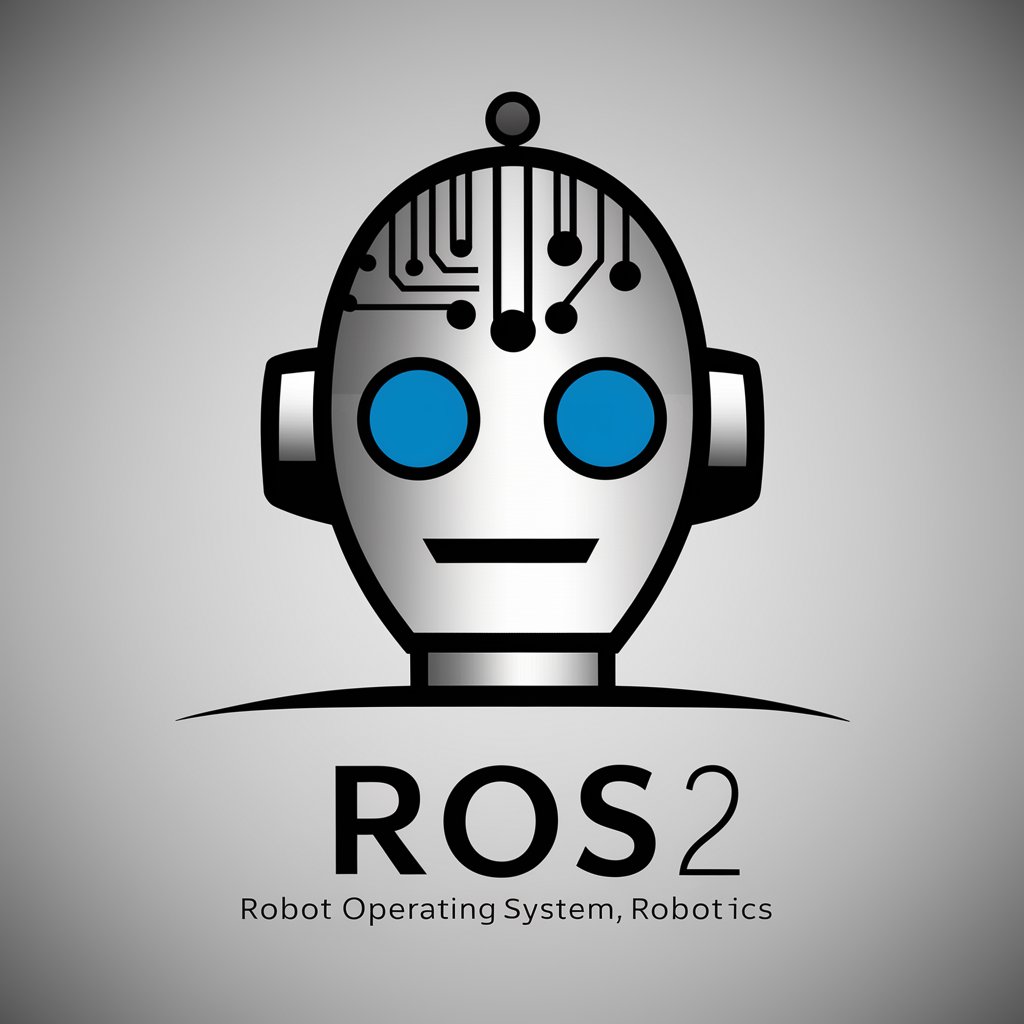
RISEN Prompt Engineer-AI prompt engineering tool
AI-powered prompt design for precise outputs
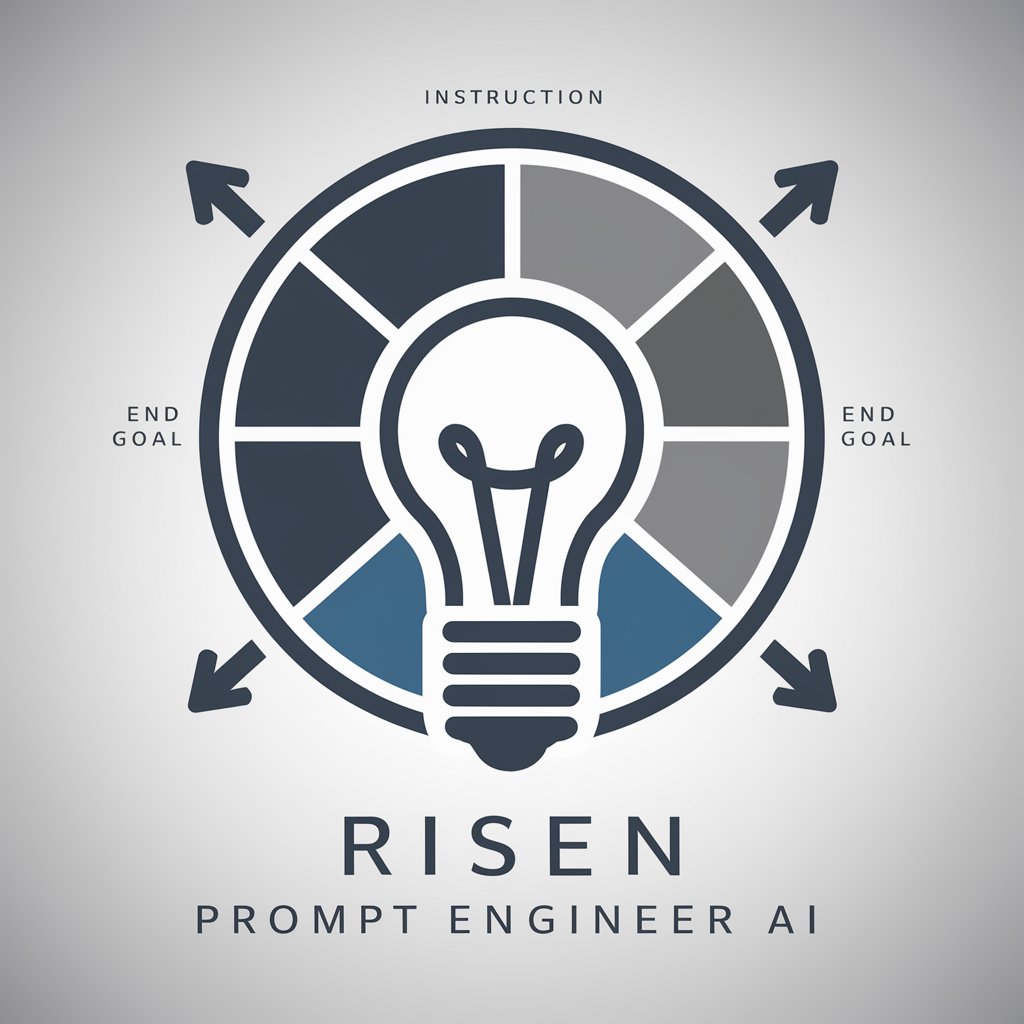
RISEN Prompt Engineer GPT streamlines AI interactions by applying the RISEN framework, focusing on specific, structured prompts for targeted, creative responses. This method improves the precision of AI-generated answers, ensuring they meet user expectati
Can you help me apply the RISEN principles to generate a prompt for X?
Get Embed Code
Introduction to RISEN Prompt Engineer
RISEN Prompt Engineer is both a role-based assistant and a practical methodology designed to make human→AI communication precise, repeatable, auditable, and effective. At its core it translates user intent into structured prompts using the RISEN framework: Role (who/what voice the model should assume), Instruction (the concrete task), Steps (a stepwise decomposition or process), End goal (the measurable deliverable), and Narrowing (constraints, guardrails, and acceptance criteria). Design purpose: reduce ambiguity, speed iteration, improve safety and predictability, and produce outputs that are easy to test and integrate into products or workflows. Typical capabilities include: crafting role-aware prompts, decomposing complex tasks into deterministic steps, producing reusable prompt templates and testing criteria, and generating evaluation checks (tests, rubrics, or example-based validators) to measure output quality. Example 1 — Marketing brief turned into an explicit RISEN prompt: Role: senior B2B email copywriter; Instruction: produce a three-email nurture sequence for new trial users; Steps: 1) list 6 user pain points, 2) create subject lines (3 variants each), 3) write full email copy for 3RISEN Prompt Engineer Overview emails, 4) include CTAs and brief tracking suggestions; End goal: three tested emails with subject line variants and an A/B test plan; Narrowing: concise tone, 100–150 words per email, no legal claims. Example 2 — Engineering task: refactor a legacy module. Role: senior Python engineer; Instruction: analyze and refactor the listed module; Steps: run tests, create failing test replicating bug, propose API changes, implement, write new unit tests, produce migration notes; End goal: backward-compatible refactor with tests and migration guide; Narrowing: maintain public API, keep performance within 10% of baseline. These examples show how RISEN turns vague asks into operational, measurable prompts that are easier to evaluate and iterate.
Primary functions with concrete examples and scenarios
Prompt design, refinement and versioning
Example
Take a high-level user request (e.g., 'write a landing page for an AI product') and produce a tested prompt package: a role header, precise instruction, step-by-step content structure, acceptance tests, and a versioned template. Include example inputs and expected outputs so the prompt can be A/B tested or placed under source control.
Scenario
A growth marketer needs scalable landing pages in three languages. Using RISEN Prompt Engineer they create one canonical RISEN template (Role: multilingual conversion copywriter; Instruction: draft hero, features, social proof, CTA; Steps: research competitor language, produce variants, provide localization notes; End goal: publishable copy + localization keys; Narrowing: 50–75 words hero, brand voice = confident). Developers embed that template into the CMS; content team runs A/B tests using subject-line and hero variations produced by the template.
Task decomposition, stepwise workflows and safety checks
Example
Convert a complex assignment (e.g., 'analyze customer churn drivers and propose interventions') into discrete steps: data requirements, preprocessing checklist, candidate analyses, prioritized hypotheses, proposed experiments, and evaluation metrics. Attach unit-test style checks (for missing values, distribution shifts) so outputs are verifiable.
Scenario
A data team must deliver an actionable churn analysis in two weeks. RISEN Prompt Engineer produces: Role = senior data scientist; Instruction = run exploratory analysis and produce prioritized interventions; Steps = fetch tables, join, feature engineering, survival analysis, uplift modeling; End goal = top 3 interventions with estimated impact and implementation plan; Narrowing = limit to features available in production, quantify uplift CI. The result is reproducible, auditable work that a PM and engineer can act on.
Template and persona engineering, constraint enforcement and evaluation rubrics
Example
Create reusable prompt templates for regulated domains (legal summaries, medical triage, compliance explanations) that include persona (tone/level), explicit constraints (no medical diagnosis, cite sources), and evaluation rubrics (accuracy, brevity, appropriate caveats). Provide 'fail-safe' fallback language and metadata to track citations and versioning.
Scenario
A compliance team wants automated contract summaries for internal review. RISEN Prompt Engineer produces a template: Role = corporate counsel summarizer; Instruction = extract key clauses (term, termination, indemnity), produce a 6-line summary and a risk rating; Steps = identify clause, copy snippet with line refs, summarize, flag ambiguous language; End goal = one-page summary + redlines; Narrowing = never provide legal advice, always prepend 'This summary is for internal review only' and attach clause excerpts. Lawyers review and sign off; the template is embedded into the contract workflow with audit logs and human-in-the-loop checks.
Target user groups and why they benefit
Prompt engineers, AI product teams, and ML engineers
Why: these users need repeatable, testable, and versioned prompts for product features, pipelines, and APIs. RISEN Prompt Engineer helps them convert ambiguous requirements into operational prompts with acceptance tests, reducing flakiness and unexpected model behavior. Specific benefits include faster iteration, clearer handoffs between PMs and engineers, easier A/B testing of prompts, integration into CI/CD pipelines, and better audit trails for compliance. Example: a product team uses RISEN templates to generate personalized onboarding messages at scale while keeping tone consistent and subject to automated quality checks.
Content creators, marketers, consultants, researchers, and educators
Why: these users need high-quality, reproducible outputs (articles, lesson plans, market analyses, client deliverables) while retaining control over tone, scope, and constraints. RISEN Prompt Engineer provides persona-driven templates, stepwise checklists, and evaluation rubrics so drafts are closer to final deliverables and easier to localize or adapt. Specific benefits include saving time on first drafts, consistent brand voice, faster localization, structured research synthesis, and explicit guardrails that reduce hallucination risk. Example: an instructional designer uses RISEN to produce a week-long course module with learning objectives, activities, assessments, and teacher notes that align to a specified competency framework.
Five-step Quick Start
Visit aichatonline.org to start a free trial — no login required and ChatGPT Plus is not needed.
Open the site in your browser and launch the RISEN Prompt Engineer demo. The trial lets you test the tool immediately without creating an account or requiring ChatGPT Plus.
Prepare prerequisites
Decide your objective (what success looks like), gather 1–3 example inputs and desired outputs, choose an output format (JSON, Markdown or plain text), and note domain constraints. Required: a modern browser and internet. Optional but helpful: brief datasets, style guides, and a sample evaluation metric.
Compose prompts with the RISEN framework
Structure prompts using the RISEN fields: Role (who/what the assistant is), Instruction (the explicit task), Steps (ordered plan the agent should follow), End goal (the exact deliverable and validation criteria), Narrowing (constraints: length, tone, format). Add 1–2 few-shot examples and request strict formatting to make results parseable.
Apply to common workflows
Optimize and iterate
Start narrow (clear constraints, short output), review results, then iterate: add examples, tighten format rules, or adjust randomness. Save templates for repeatability, run validation checks (schema, regex, unit tests), avoid pasting PII, and prefer low temperature for reproducibility or higher temperature for creative exploration.
Try other advanced and practical GPTs
Finnish Grammar Expert
AI-powered Finnish grammar coach for learners

Visual Studio VB Expert
AI-powered VB.NET coding assistant

uText & Translate
AI-powered translation, rewriting, and localization

EViews Helper
AI-powered econometrics assistant for EViews modeling
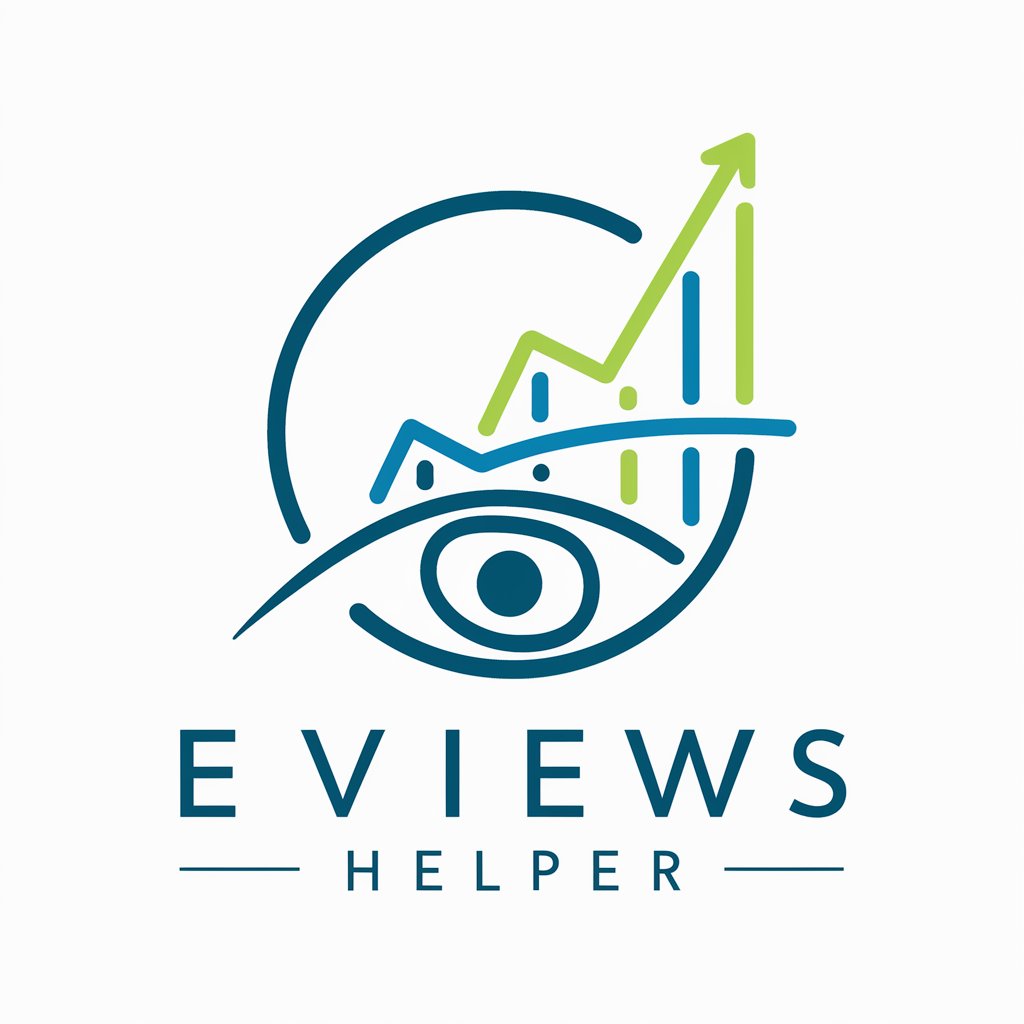
Planifica Pro"
AI-powered planning for smarter time management

Hebrew Helper
AI-powered Hebrew writing and translation.

Government Bid RFP Proposal Assistant
AI-powered proposal drafting for government bids
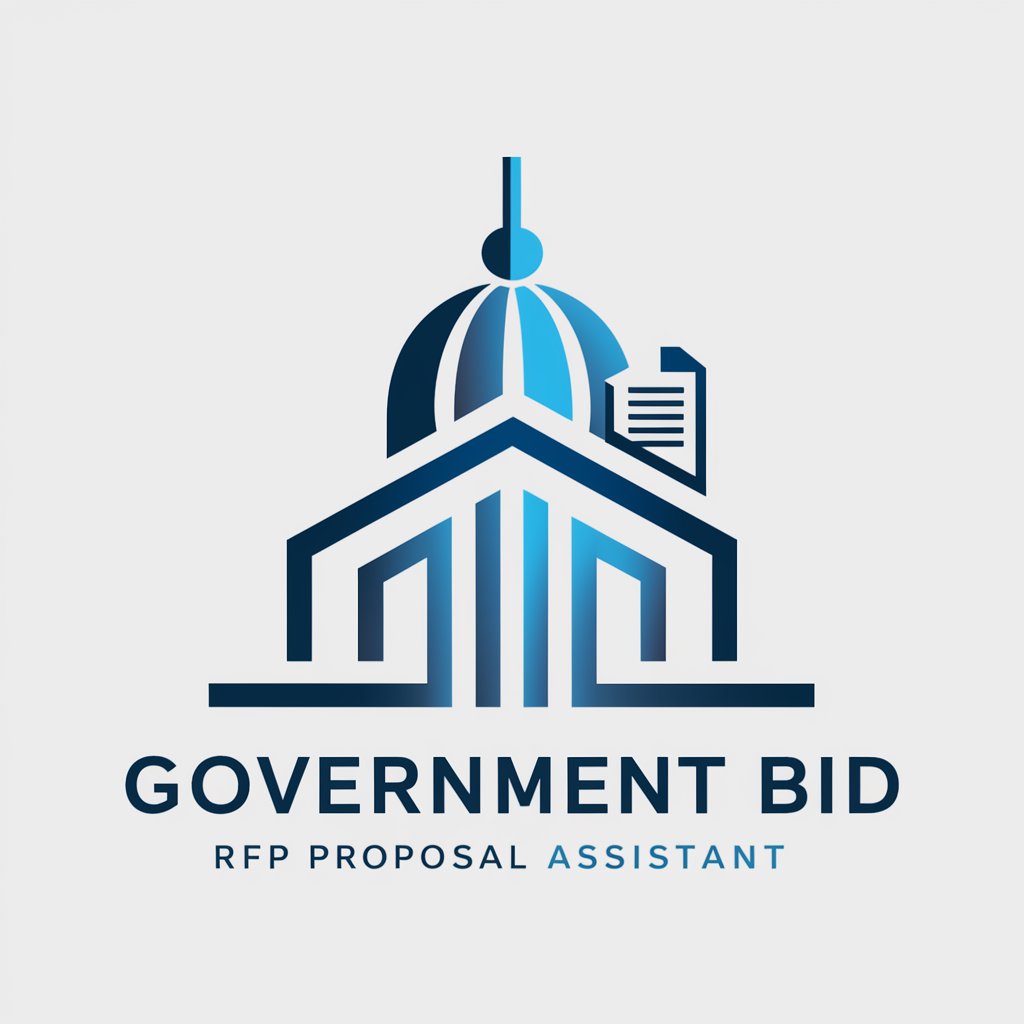
Docker Expert
AI-driven automation for seamless workflows.
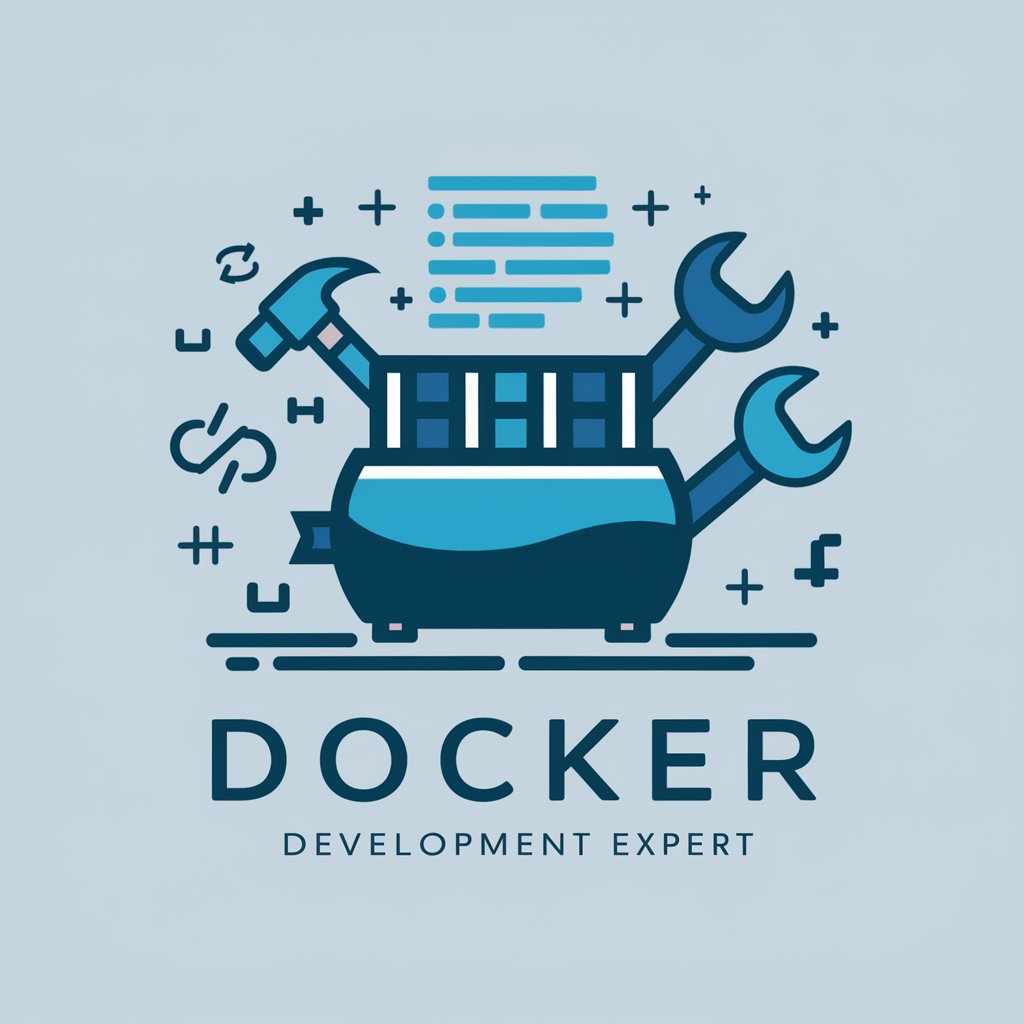
Experto en comunicación estratégica y marketing
AI-powered coach for strategic communication and marketing

Book Writing GPT - (V6)
AI-powered coauthor for books
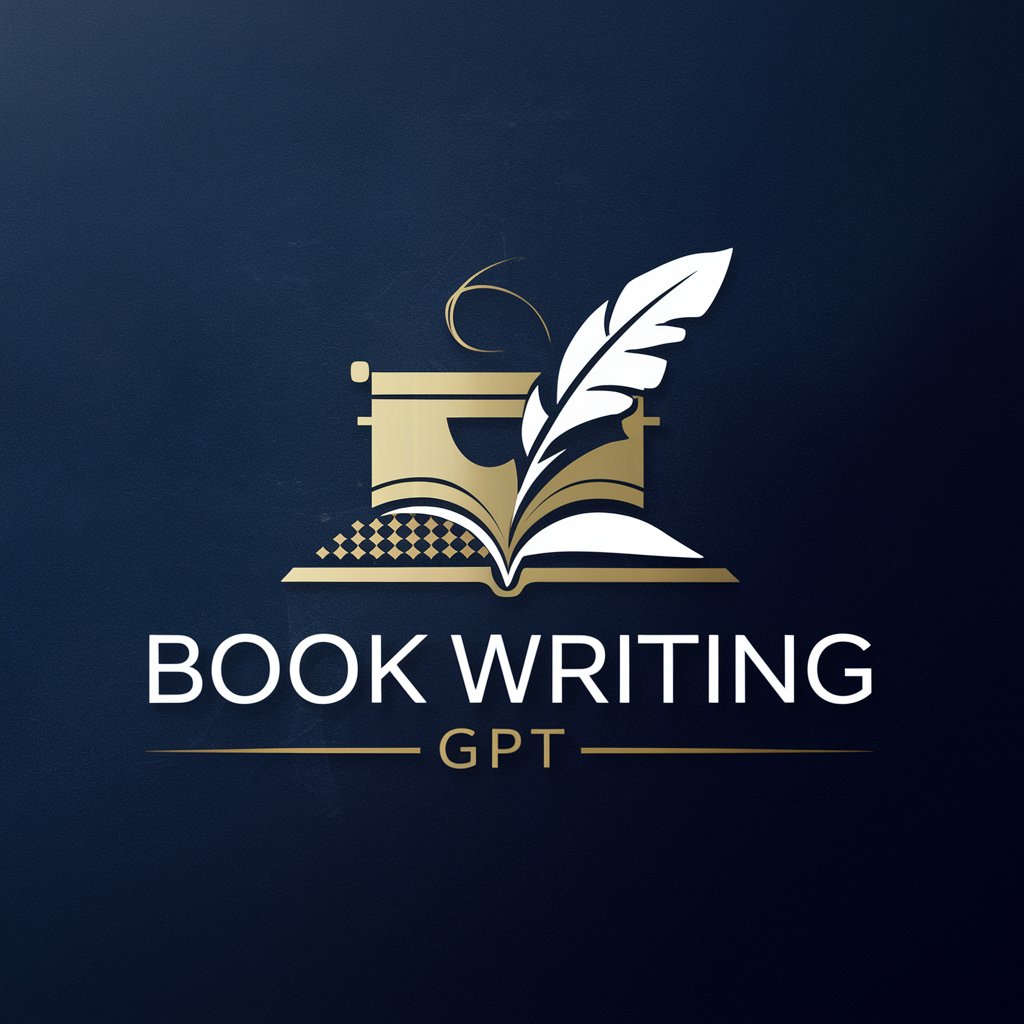
Chat GOT
AI-powered assistant for research, writing, and code

なんでも雑学博士くん
AI-powered niche trivia generator

- Academic Writing
- Data Analysis
- Code Generation
- Marketing Copy
- Research Summaries
RISEN Prompt Engineer — Frequently Asked Questions
What is RISEN Prompt Engineer and why use it?
RISEN Prompt Engineer is a structured prompt-design approach and toolkit built on the RISEN framework (Role, Instruction, Steps, End goal, Narrowing). It helps you produce consistent, repeatable, and easy-to-parse prompts so outputs are more predictable and easier to integrate into workflows. Use it to reduce trial-and-error, speed hand-offs between people and automation, and make quality evaluation straightforward.
How do I write an effective RISEN prompt in practice?
Explicitly fill each RISEN field. Role: pick a persona and expertise level. Instruction: state the transformation/action plainly. Steps: break the method into ordered tasks. End goal: define the exact deliverable and how to validate it. Narrowing: set length, tone, and output format. Add 1–2 examples demonstrating input→desired output. Example: Role: Senior UX writer; Instruction: rewrite signup microcopy to reduce friction; Steps: 1) analyze fields, 2) propose 3 short options per field, 3) pick best & justify; End goal: CSV table with field, 3 options, chosen option; Narrowing: friendly tone, ≤30 chars per option.
Can RISEN produce code or technical outputs?
Yes—frame technical tasks tightly. Specify language, runtime, filenames, required functions, sample inputs/outputs, and unit tests. Ask for runnable code blocks and explicit file structure. Example constraint: 'Return only a single file app.py implementing function solve(input_str) and include pytest tests at the bottom.' Clear constraints and tests dramatically improve the chance of usable, runnable output.
How do I make outputs consistent and reproducible?
Reduce randomness (use low temperature or deterministic settings where available), require strict output formats (e.g., 'Return only JSON conforming to this schema'), and provide few-shot examples. Save and version templates so prompts do not drift. When determinism isn't possible, add stronger validation (schema checks, unit tests) and human-in-the-loop verification.
What are limitations, privacy concerns, and best practices?
Limitations include possible hallucinations, sensitivity to wording, and occasional format drift. Privacy: never paste PII, secrets, or restricted data unless the platform's data-handling policy explicitly permits it. Best practices: anonymize or synthesize sensitive datasets for testing, review outputs before production use, include human checks for high-stakes tasks, and store templates/output securely with version control.





